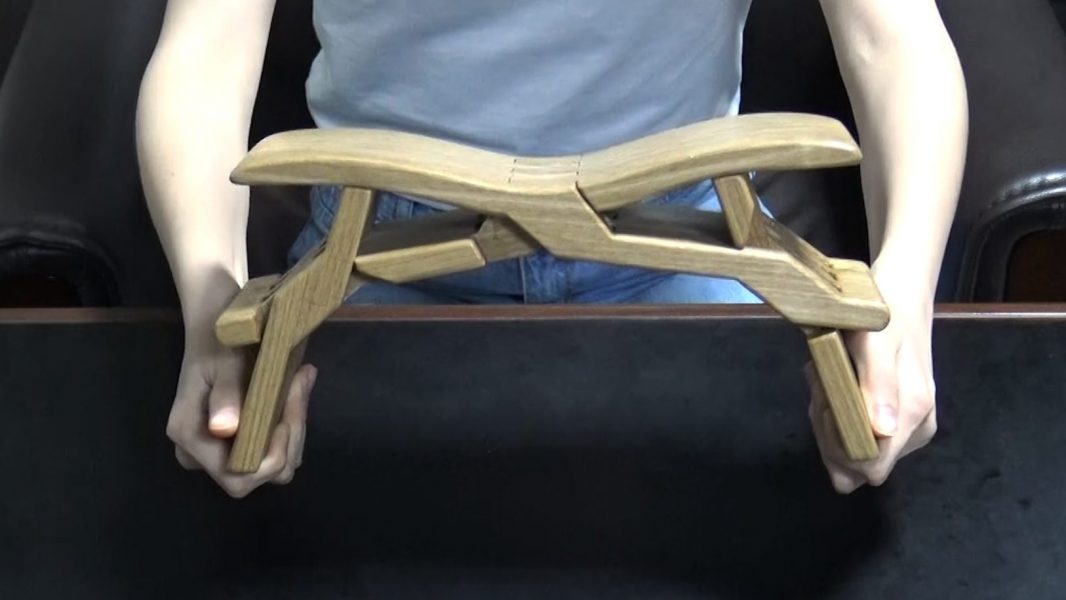Instruments operated in the deep sea are required to be resistant to fluctuating hydrostatic pressure. The Lu-Ban stool remains a constant length under pressure, and could provide inspiration for pressure-resistant materials at a molecular level.
In an article in Advanced Materials, Prof. Zheshuai Lin from the Chinese Academy of Sciences and the University of Chinese Academy of Sciences, and co-workers report zero linear compressibility (ZLC) in nondense borates under hydrostatic pressure.
CaB2O4 and SrB2O4 were identified as having the same structural geometry as the Lu-Ban stool, and these molecular units could be interconnected to create a nondense structural framework.
Under pressure, the BO3 groups rotate notably and the Ca–O/Sr–O bond axes become inclined. The ZLC can be attributed to the counterbalance of the expansion induced by rotating BO3 units, and inclination and shrinkage of the Ca–O/Sr–O bond axes.
Under high pressure, the molecules exhibit short absorption edges and attain wide bandgaps, indicating their potential for use in advanced optical instruments in pressure-fluctuating environments.
To find out more about these pressure-resistant, nondense borates, please visit the Advanced Materials homepage.

















